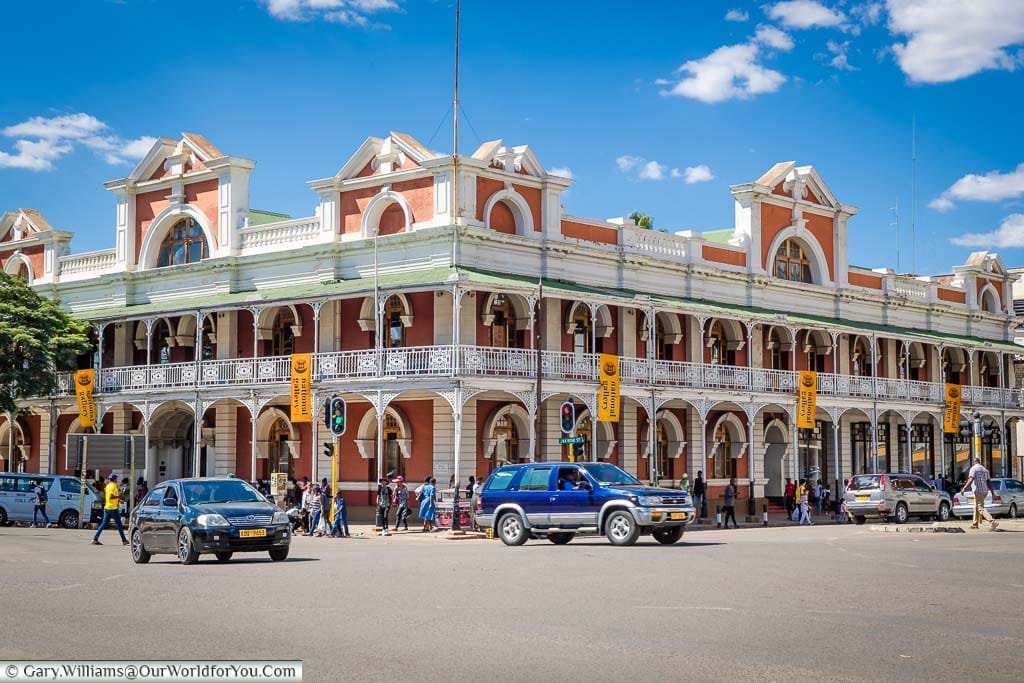
A visit to bustling Bulawayo, Zimbabwe
A blast from the colonial past
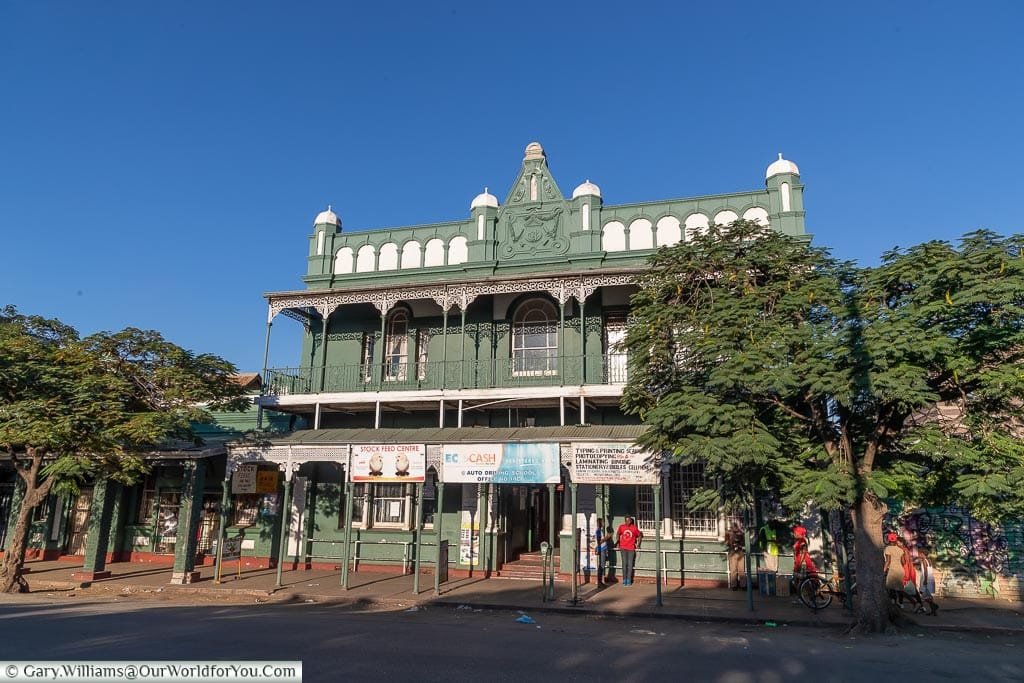
Locals were jumping on and off buses and coaches, street sellers trying to catch your eye. It was manic, all the time we were trying to get to our hotel.
However, what was undoubtedly hindering the whole situation was that the road the Bulawayo Club (our hotel) was on, was having new tarmac laid and was closed.
Quick Links
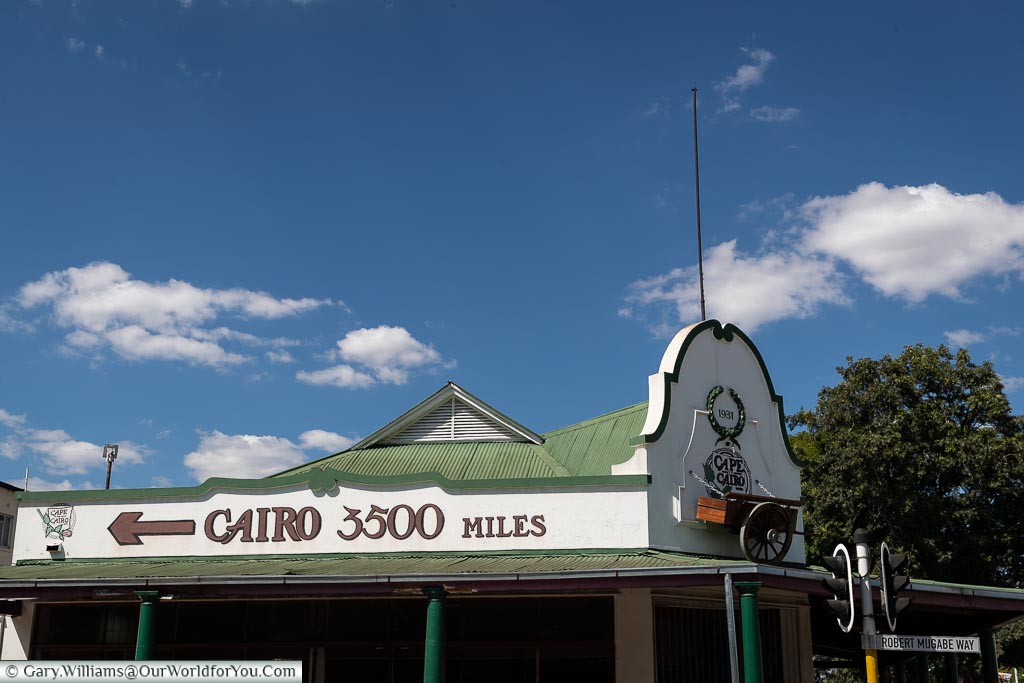
Heading out
We’re staying for a couple of days in Bulawayo, one of which we’ll be heading out to Matobo National Park and the other we’re spending around town and visiting a couple of the local museums.
So, what was in store for us on the streets of Bulawayo on a Saturday morning. We head up to the Bulawayo Railway Museum, a place that has so often popped up when we have mentioned to people where we were heading.
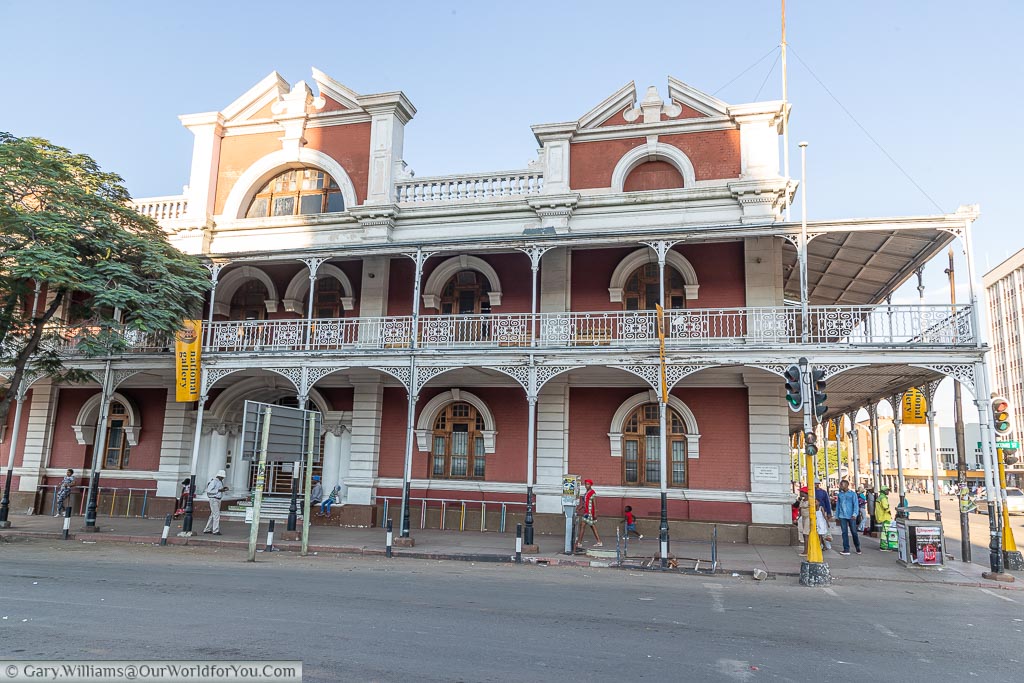
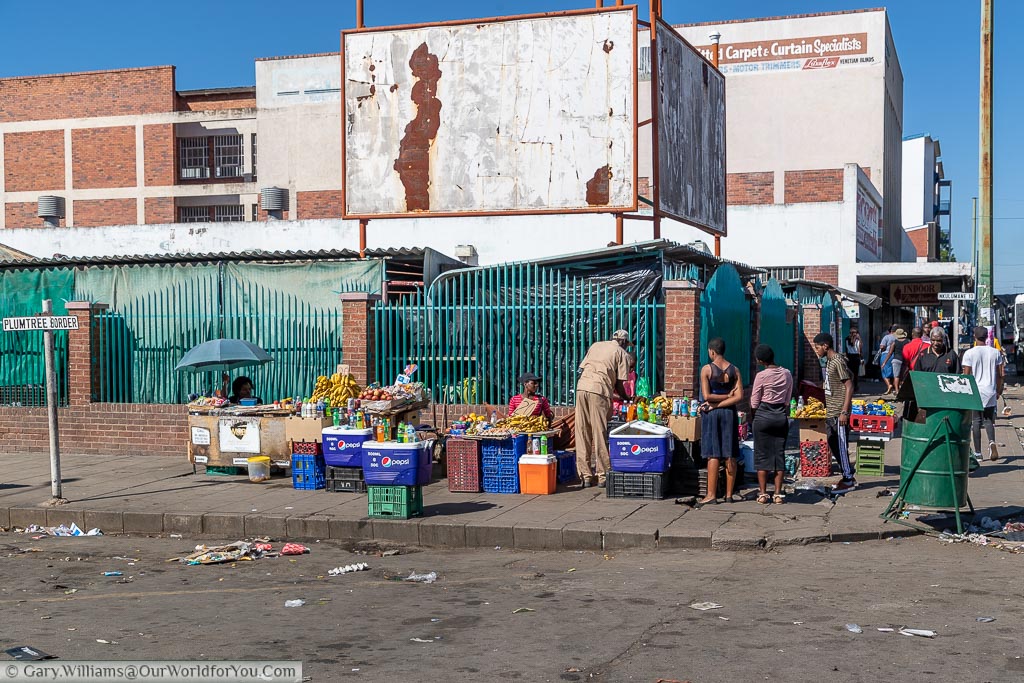
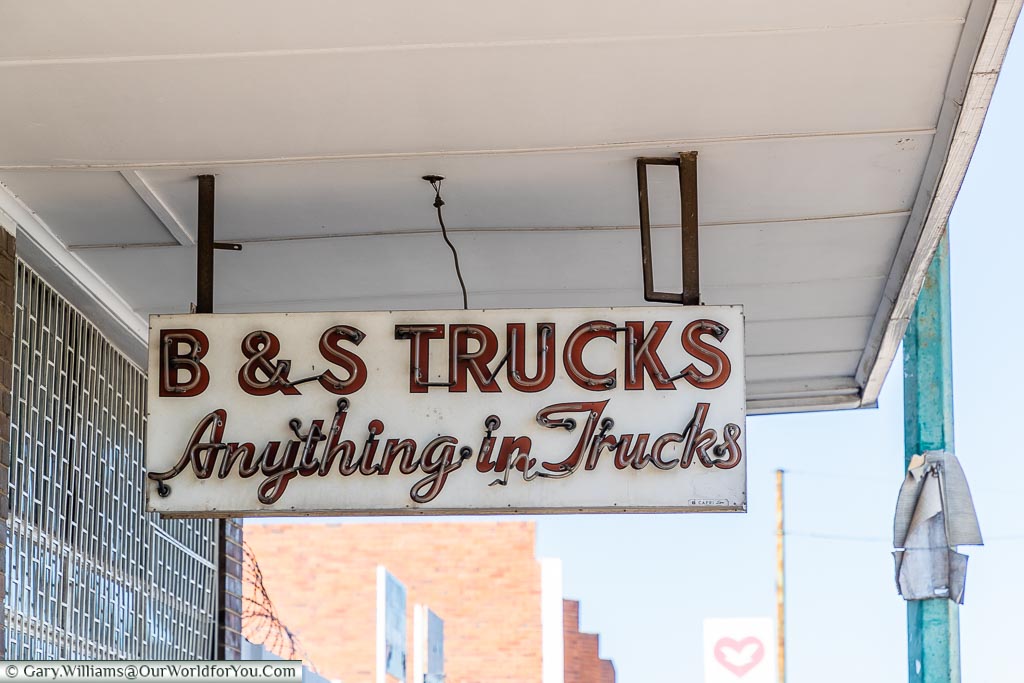
Zimbabwe certainly isn’t a wealthy country, so the mixture of shops and people’s needs was eye-opening to see and quite humbling.
We did stick out like the preverbal sore thumb; however, no one bothered us, we just received smiles and an occasional hello.
Commuter buses are a big thing in the towns and cities in Zimbabwe, and they’re not like the comfortable buses we get at home. The transport for commuters here is ‘people carriers’ (MPV’s), with no rules.
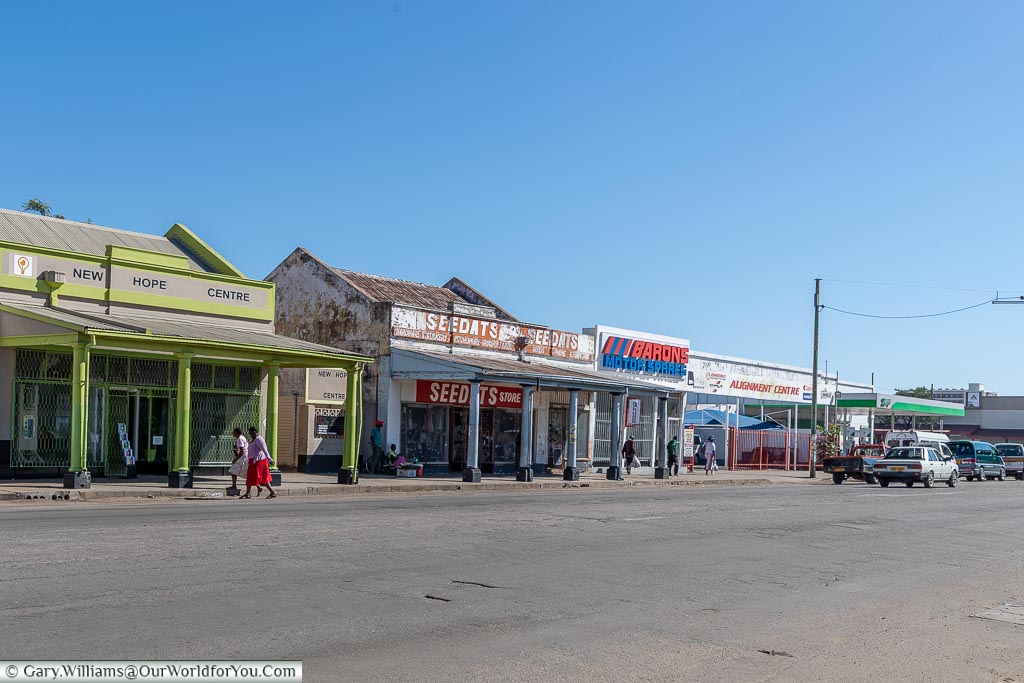
Is Zimbabwe for you?
Take a peek at our other Zimbabwe posts and start creating your own adventure for yourself.
Search for your flights in one easy place with ebookers.com and open up a world of options. Over 400 airlines are scanned for your favoured routes and chosen dates.
A step back in time
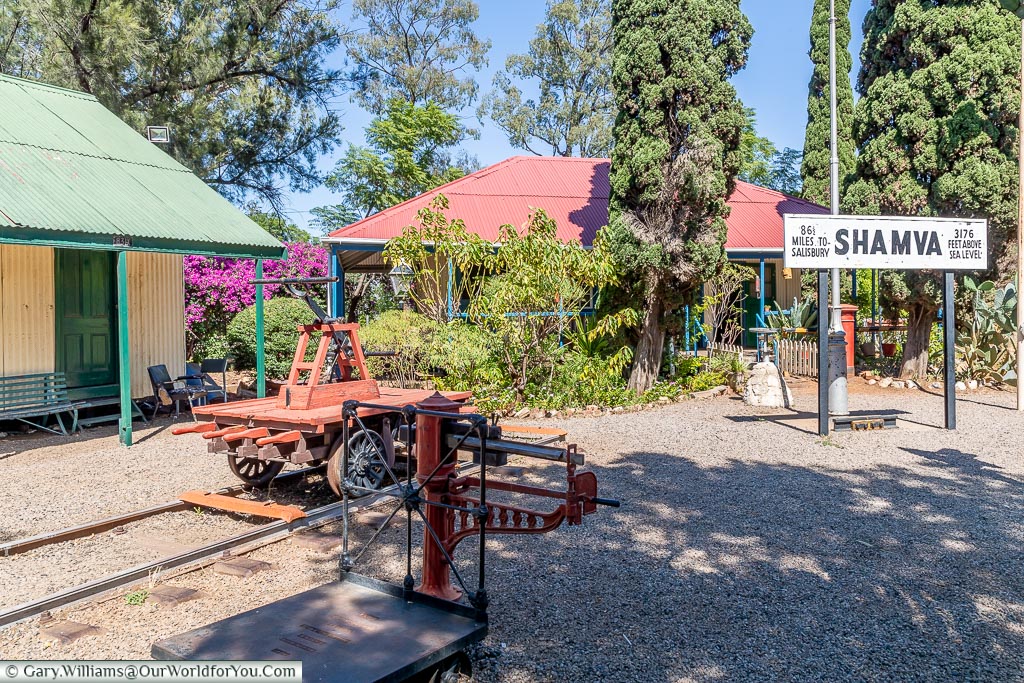
The ticket office was literally an old railway ticket office, and it was like an Aladdin’s cave inside, paper and books piled high, steam train memorabilia and chaos that could only be referred to as ‘organised’.
We had a quick chat with the guy running the place, he was so keen to share his knowledge and love of the museum and the beloved engines within it.

Momentous time
If the urge took you, you were even able to climb up upon the engines, many of which originated from the UK and were imported during the late 19th and early 20th centuries.
There was a historical timeline to follow of the railways and the development over the years, of how Zimbabwe evolved with these significant changes.
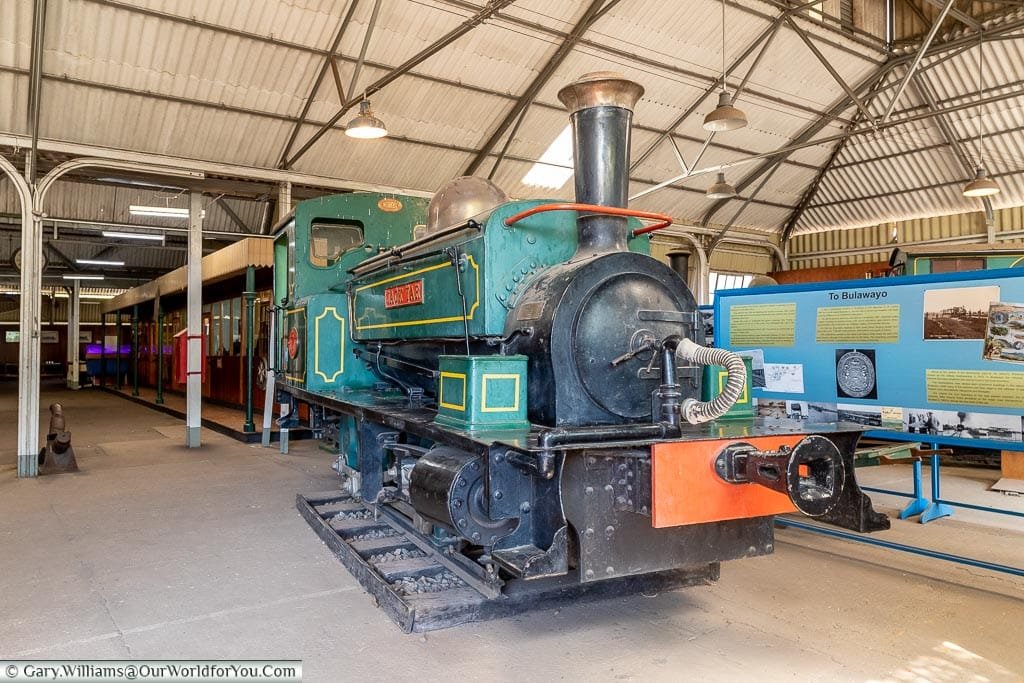
Mechanical workhorses
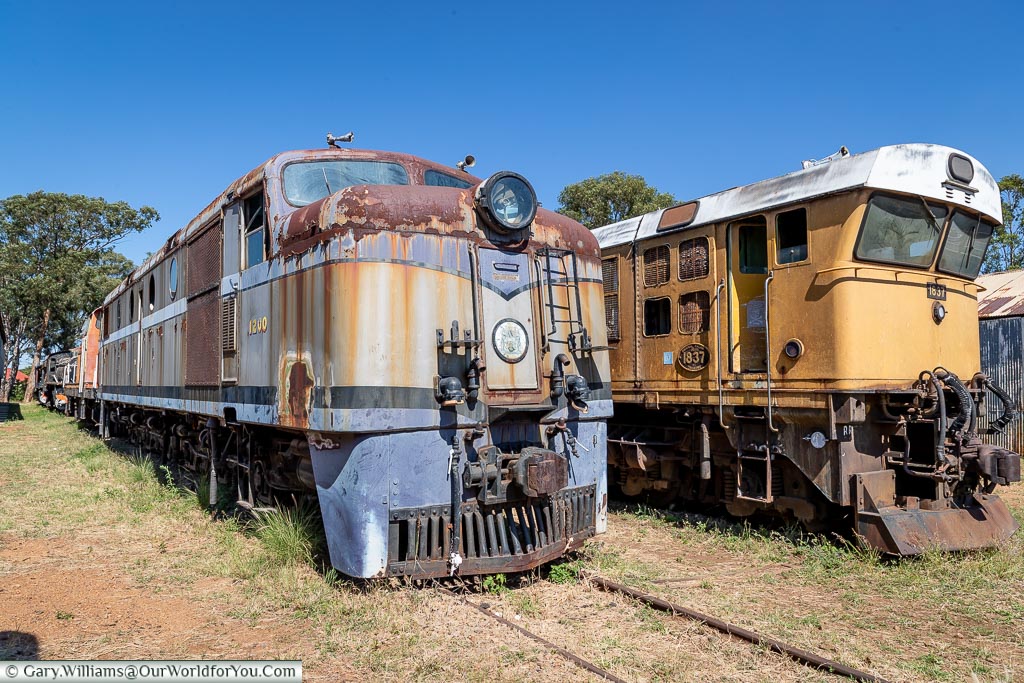
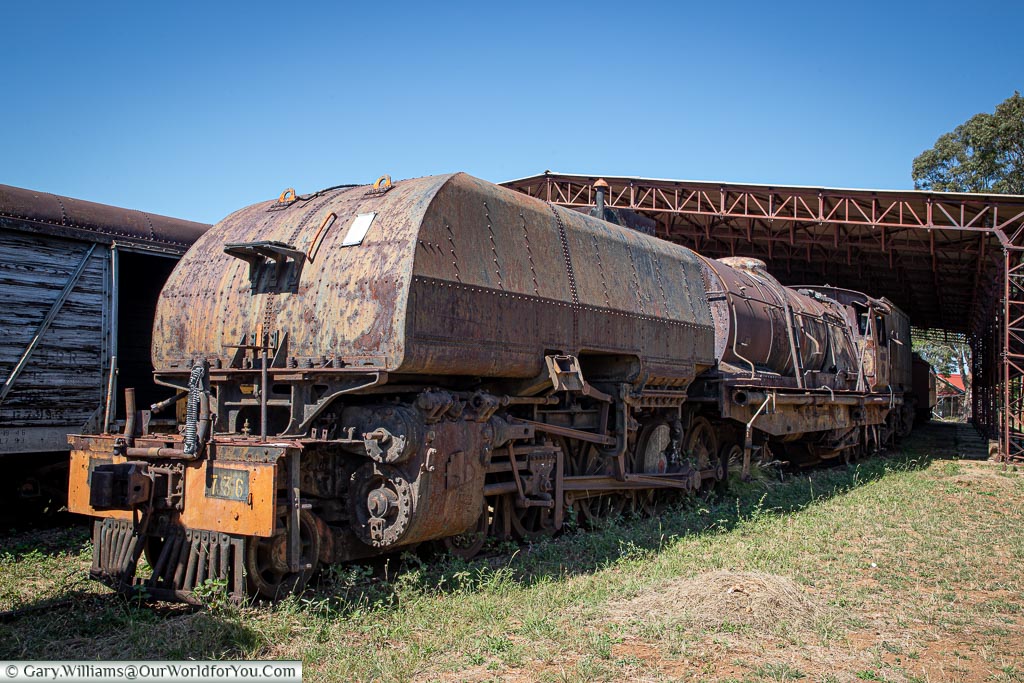
Motobo Hills
Just a short drive from Bulawayo (25 miles/40km) is the beautiful UNESCO World Heritage Site of Matobo National Park. Within this incredible landscape is the last resting place of Cecil Rhodes, “World’s View’.
For more check out our post - 'A visit to Matobo National Park, Zimbabwe'
Colonial past
We headed back through town, and it was getting hot now, so we stopped back at our hotel for a freshen up, next it was the opposite way through Bulawayo to the Natural History Museum.
Obviously, we could have driven to the museum, as this does appear to be what everyone does, but we wanted to check out some of the Colonial architecture along the way.
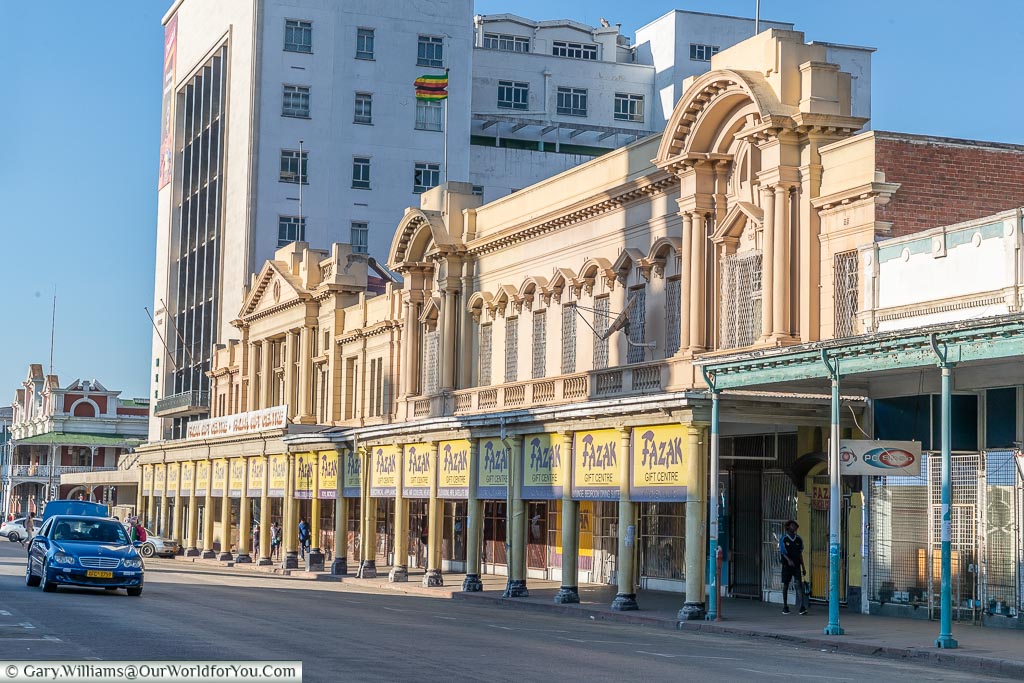

Nowadays some may have slightly modern shopfronts at the base of the building, but just a slight glance up and the traces are still there to be seen.
I can only imagine how this would have looked during the early 1900s, horse and carriages being drawn through the middle of the vast wide roads.
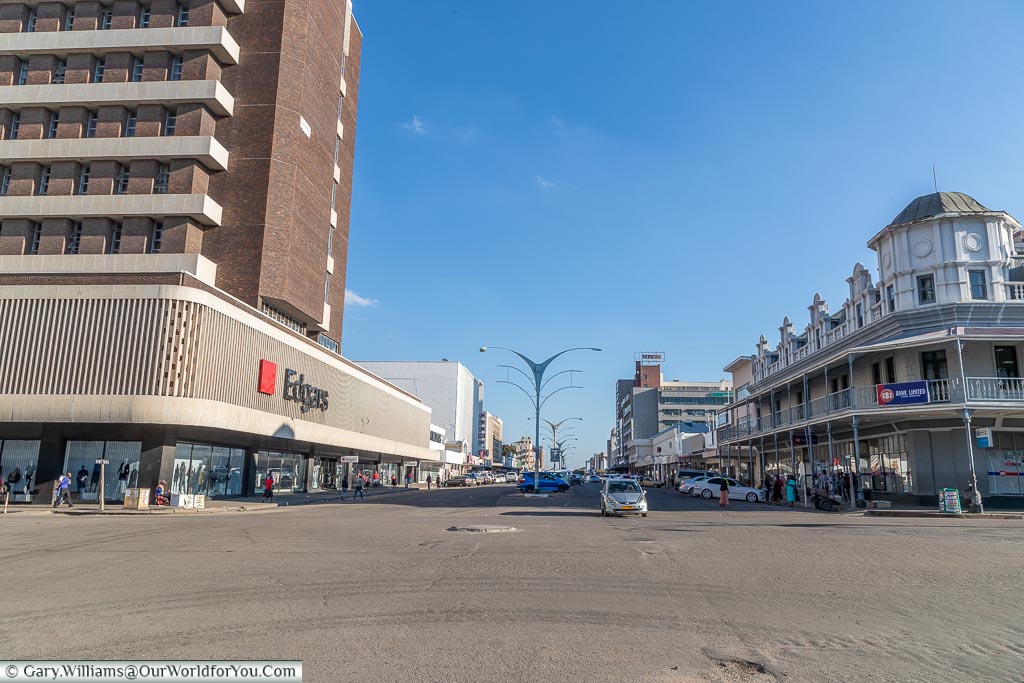
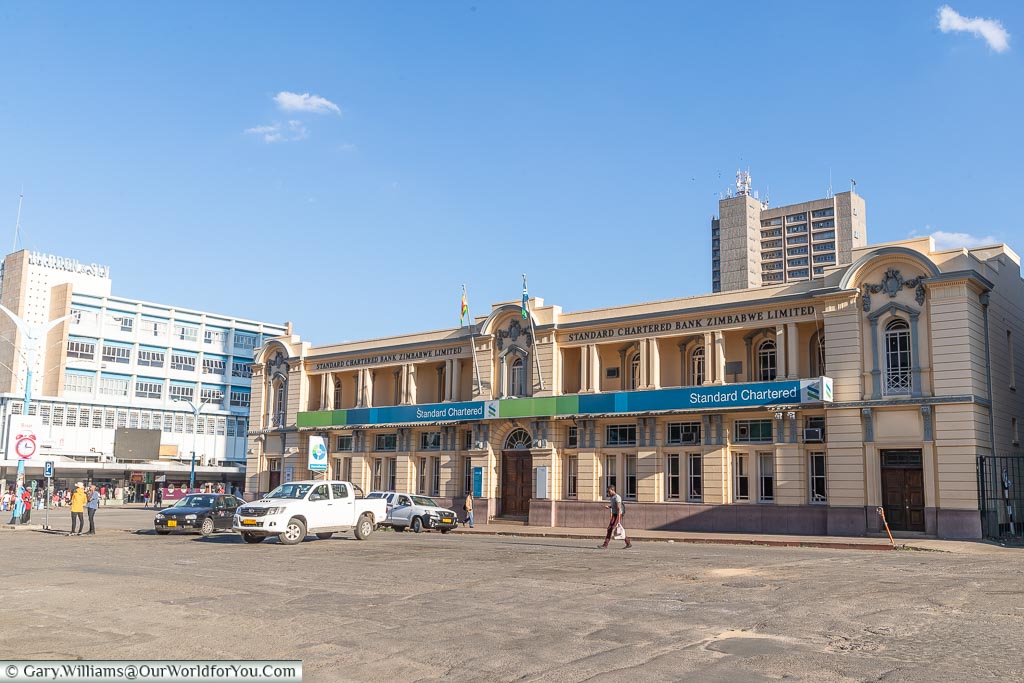
Let us know!
Catching up on the history
We arrived at the Natural History Museum, crossing the roads at times was a bit of a challenge, dodging the commuter buses and the cars that couldn’t quite tell the difference from a red and green traffic light. But it’s all part of the fun.
As we’re not Zimbabwean nationals the charge for the museum was US$10 each, and unfortunately, no photography was allowed.
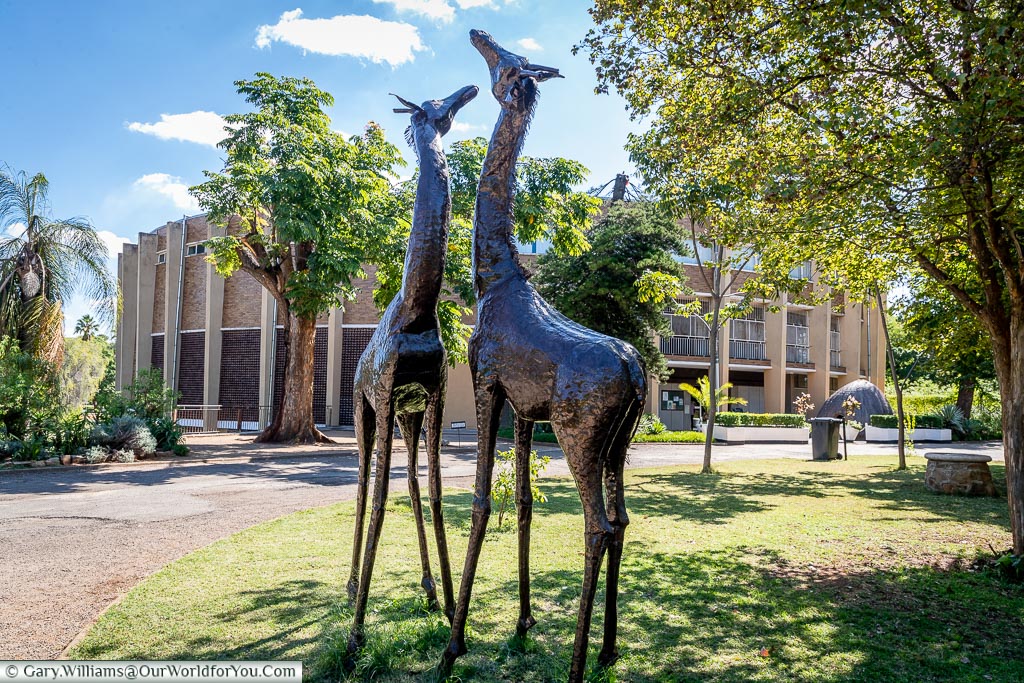
The museum was informative, not only did it concentrate on the animal species and geology within Zimbabwe, but it also had an interesting exhibition on the tribal elders of the country. Another educational section was on Cecil Rhodes and how he played such an integral part in the development of Zimbabwe, specifically around mining and the railways.
We strolled back through the town, and it was still bustling, horns honking as wedding parties passed through the streets and families just going about their everyday business.
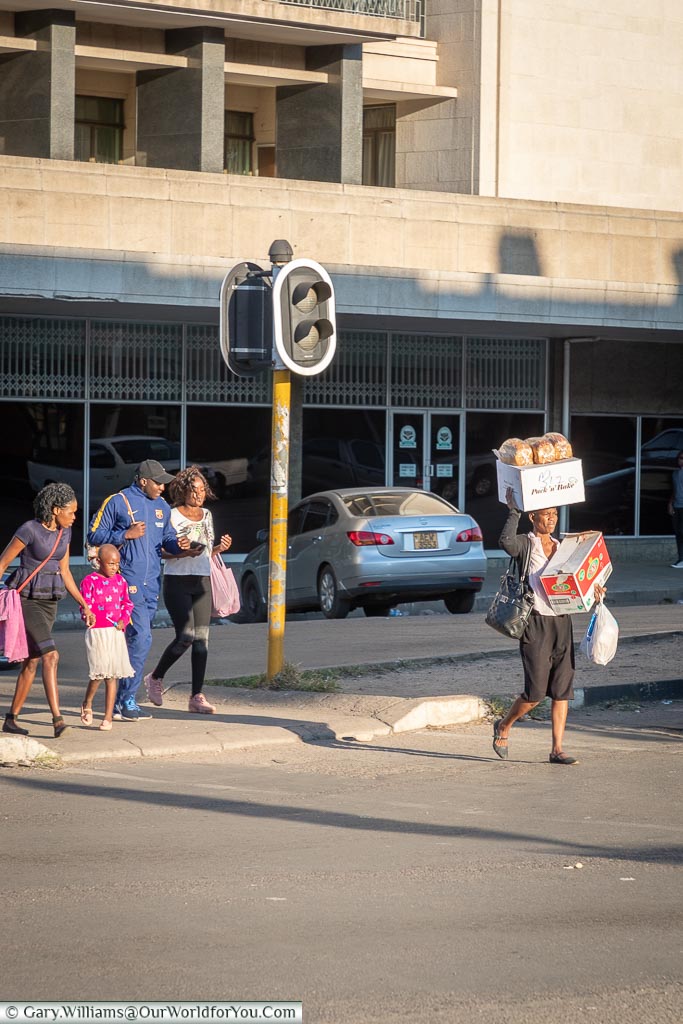
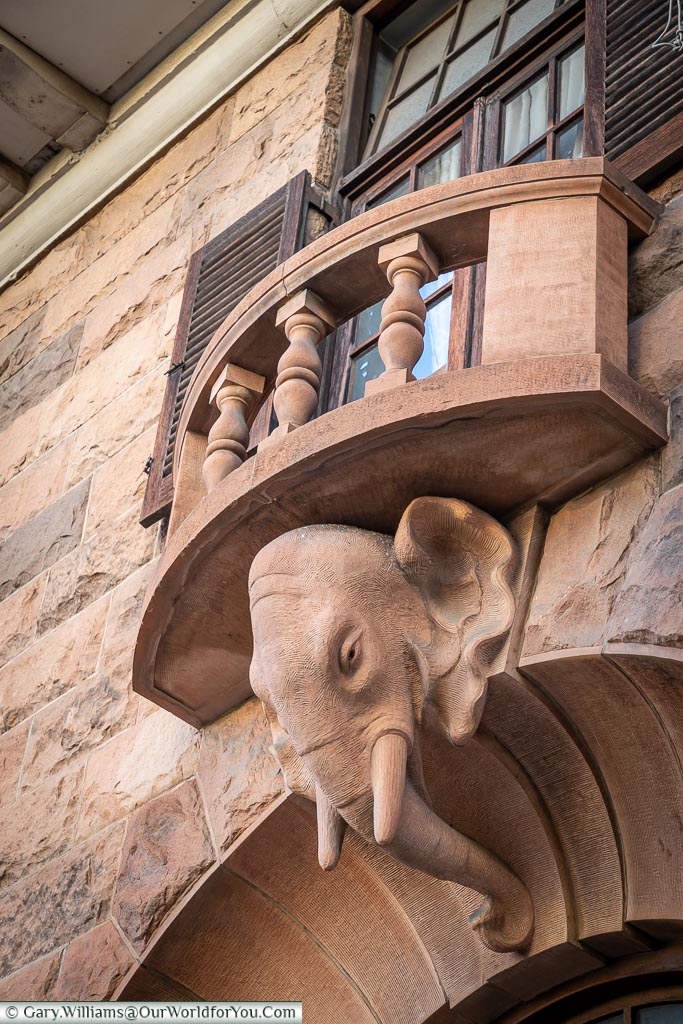
A helpful guide
If you're considering an adventure around Zimbabwe, then your in for a holiday of a lifetime. I always find it incredibly useful to plan our trips with the help of a guide book.
Take a look at this informative Bradt guide, it will give you great tips and advice.
A peaceful Sunday
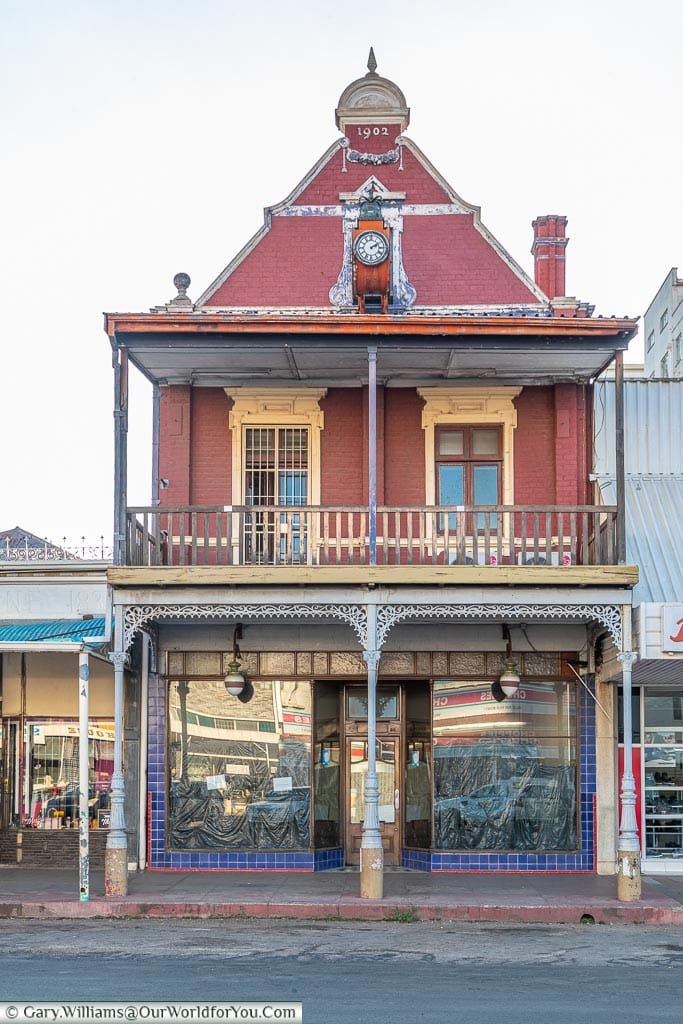
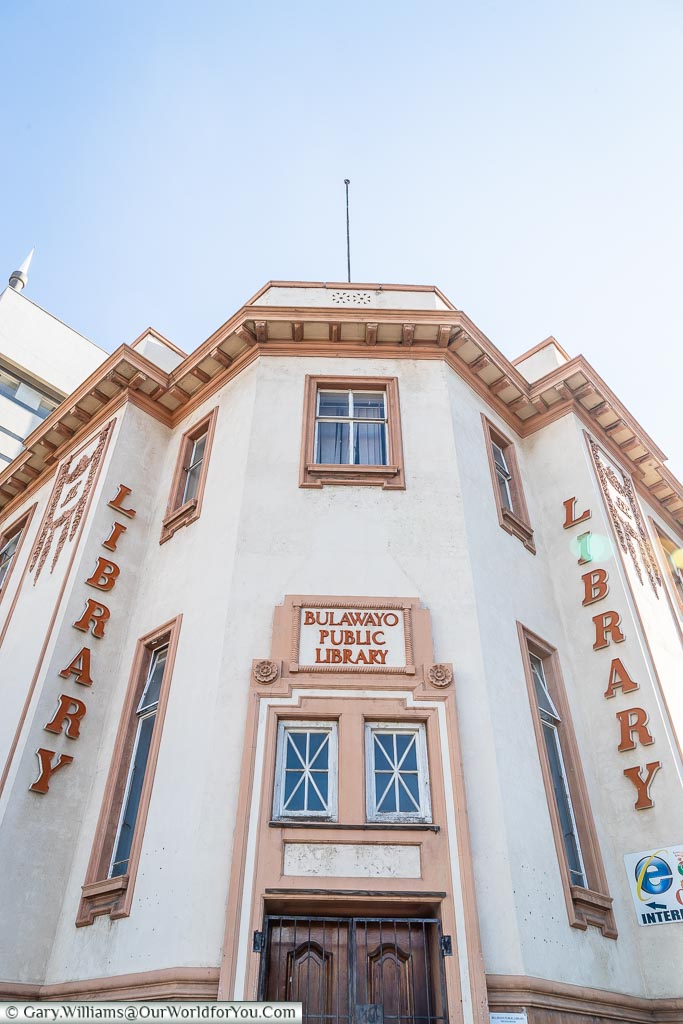
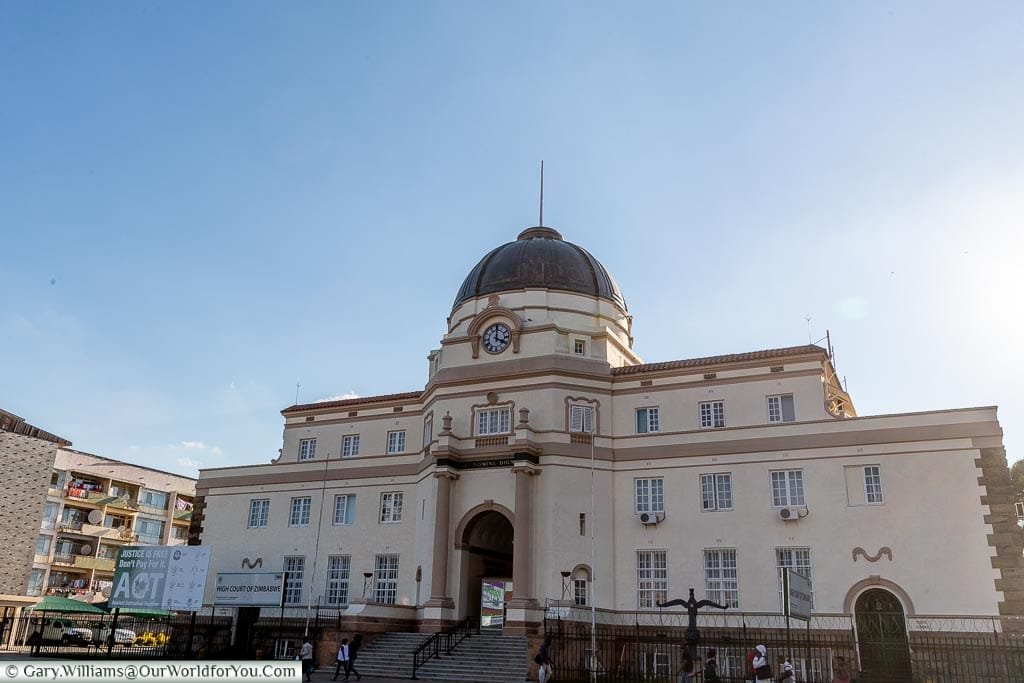
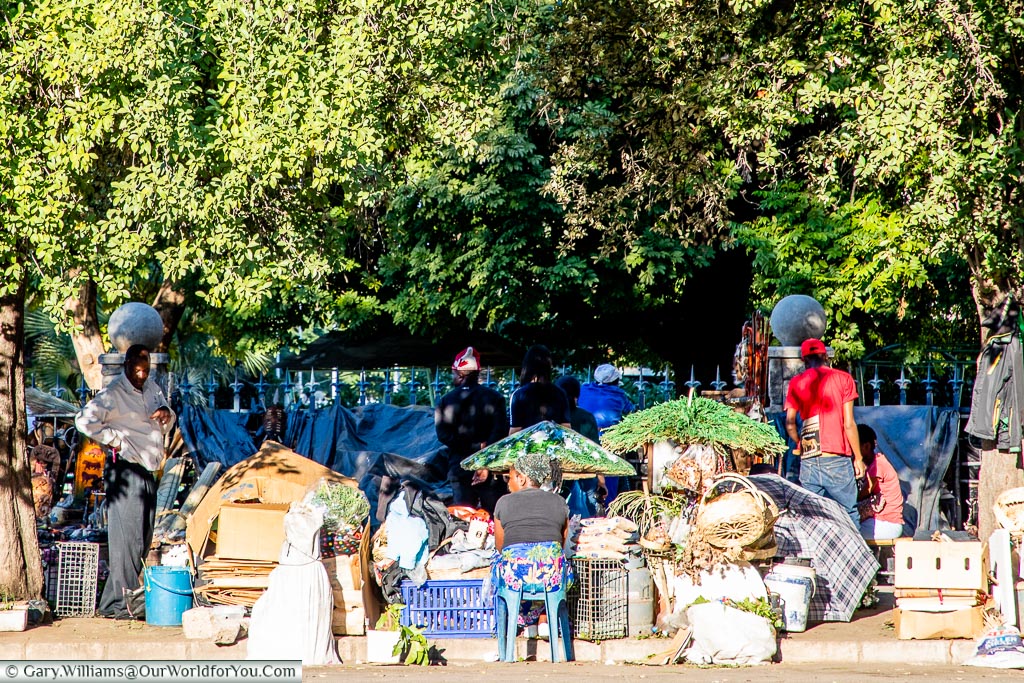
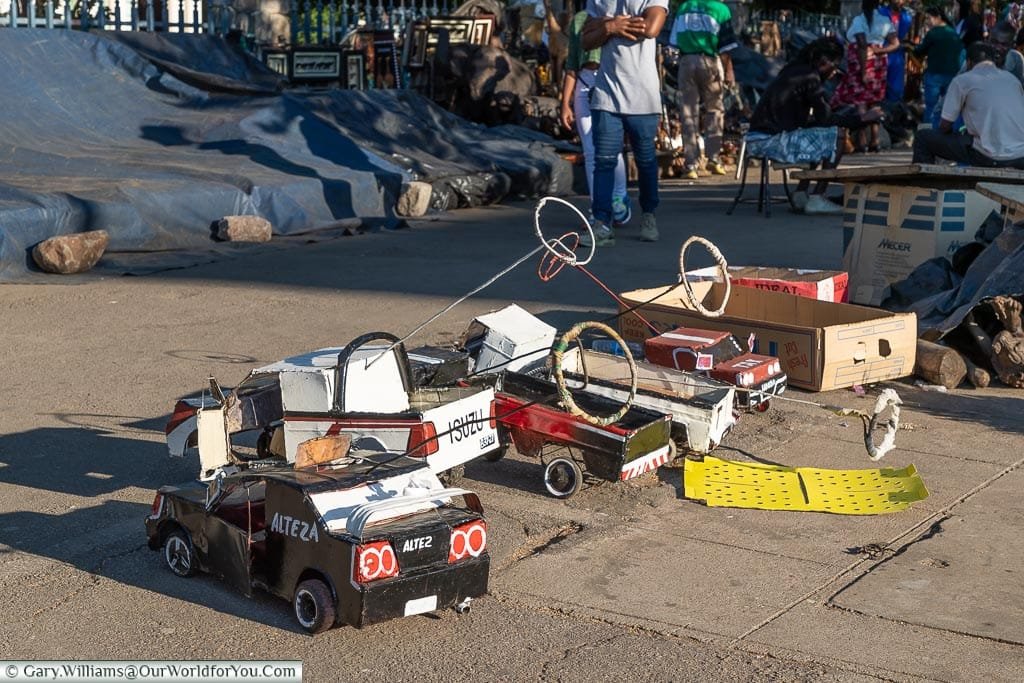
Where we stayed
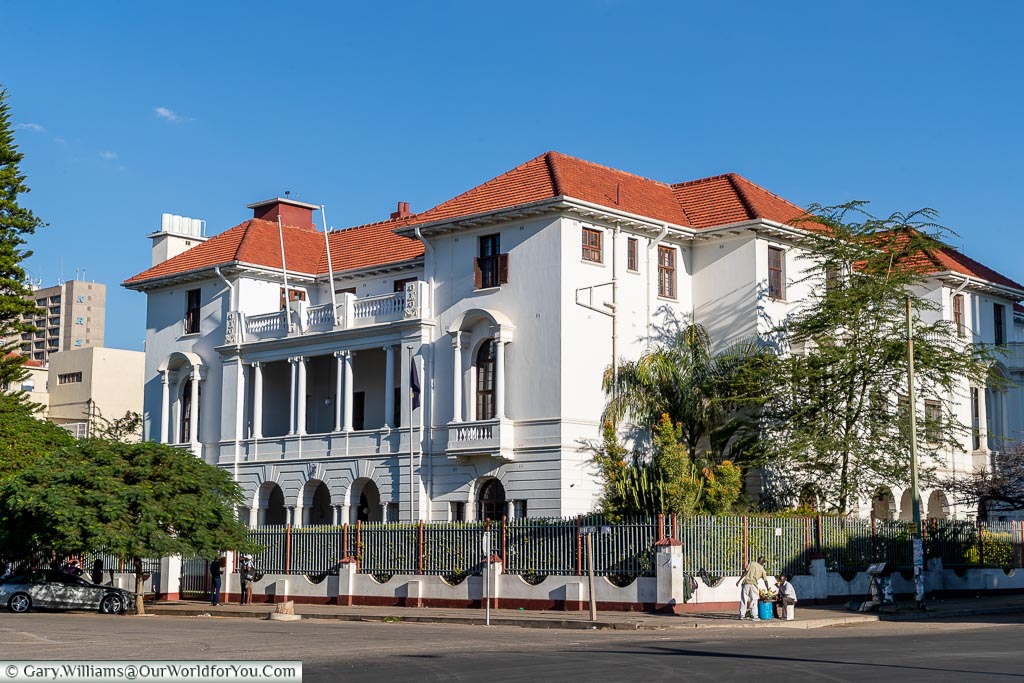
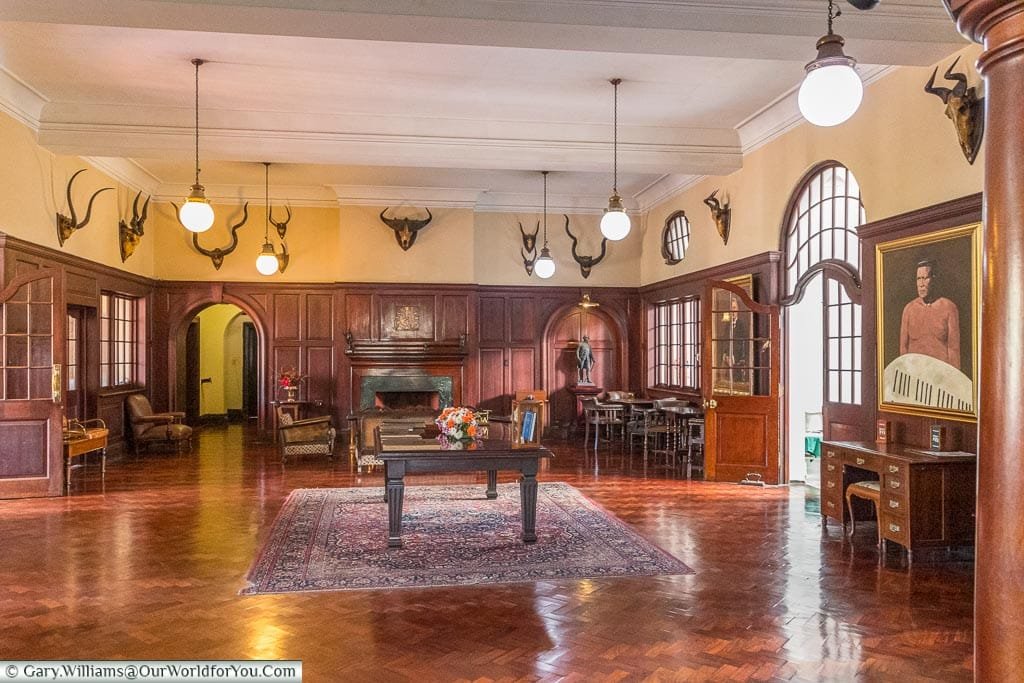
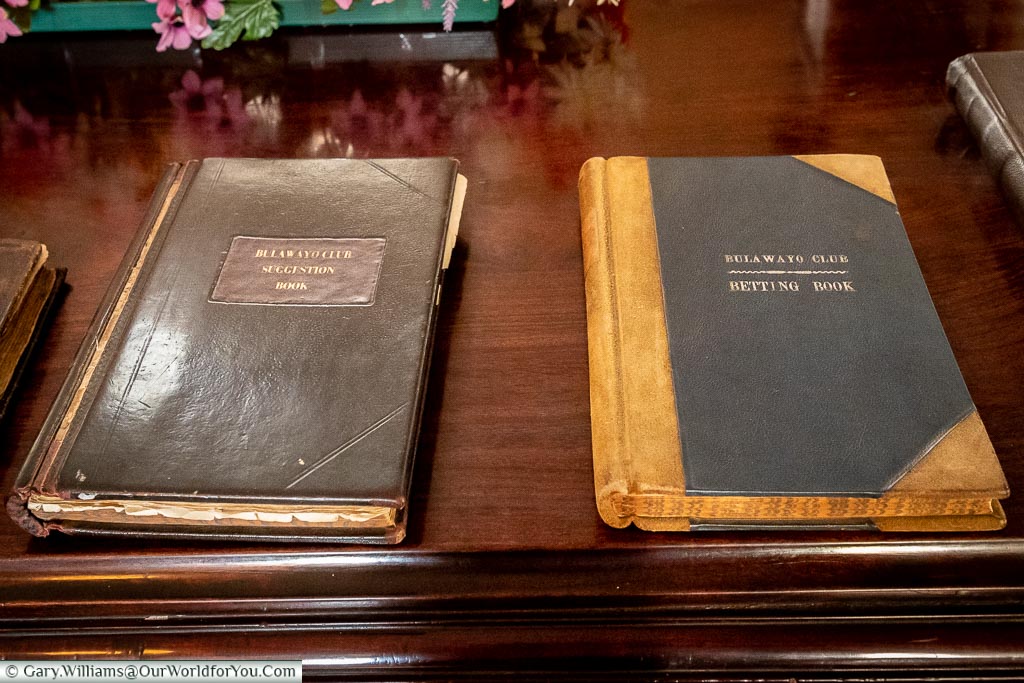
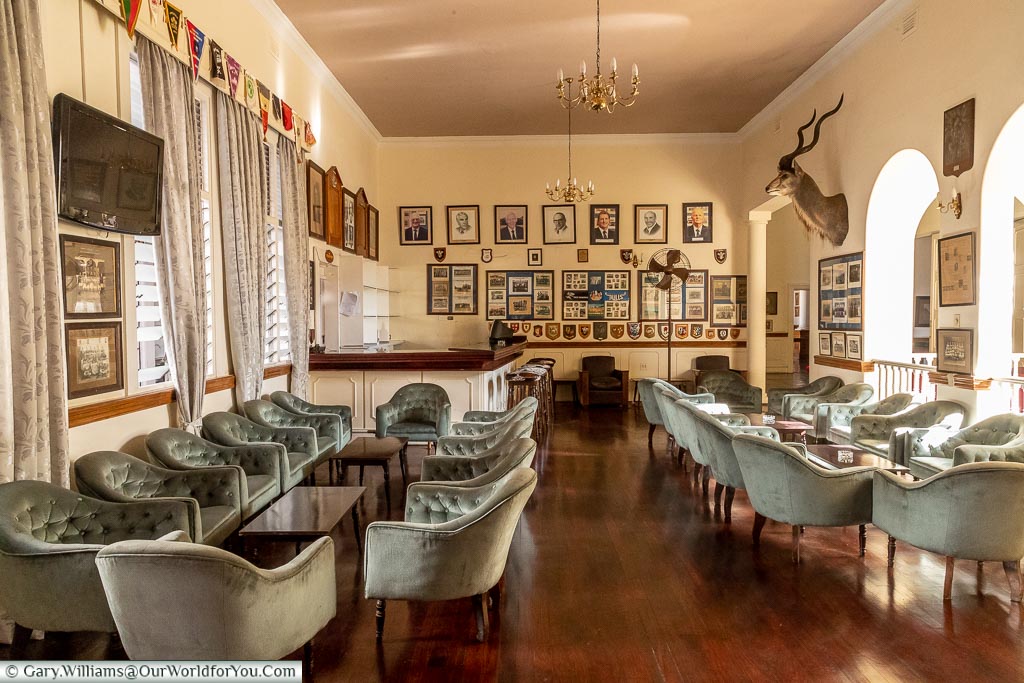
There’s a charming roofless atrium in the centre of the hotel, which you feel like you’re automatically drawn too, as it’s such a contrast from the traditional styling within the reception.
The staff at the Bulawayo Club are really friendly and helpful, although the bedrooms lacked the elegance and decadence of something special from the past.
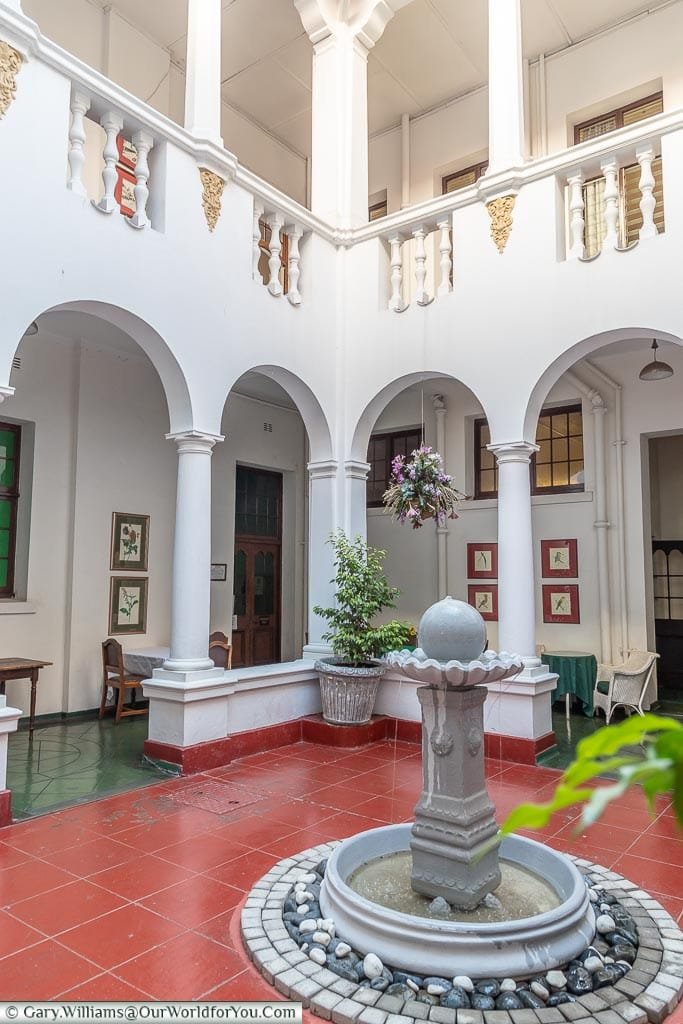
Getting to Bulawayo
Of course, you can fly, but where is the fun in that?
From Harare the drive is around 6 hours (270 miles/433km), there are 5 tolls along the way to Bulawayo, at a charge of two Zimbabwe Bond each (around 50p in 2019). Also a few police roadblocks, which tend to be stopping the laden down commuter buses.
It may seem to be a long journey, but you see so much of the countryside and locals along the way, and you get to experience a bit of what Zimbabwean life is about.
We passed through two larger towns en-route, Kwekwe and Gweru and after the peaceful journey leading up to these, mayhem seemed to ensue, although to the locals this was normal.
Buying Fuel
* This post may contain links to affiliated sites where we earn a small commission at no additional charge to you.
Inspired to visit Bulawayo?
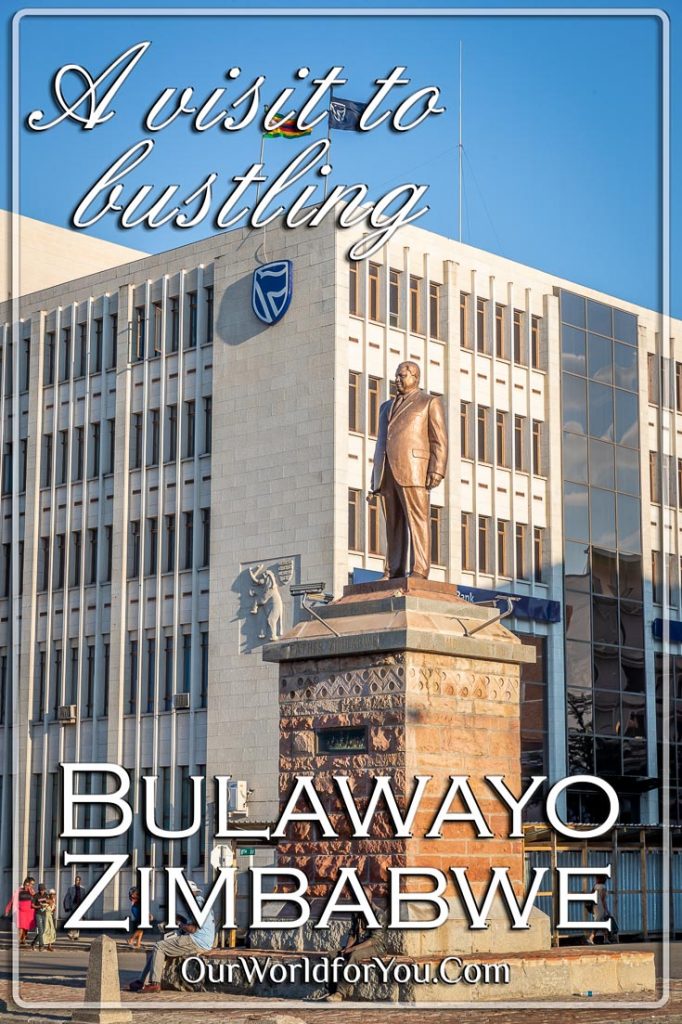
(Why not Pin It for Later?)
If you enjoy what you see, and you’d like regular updates then join us for a monthly newsletter.
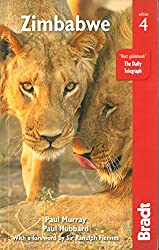

Comments
Great to read about Bulawayo — I never knew about this place in Zimbabwe until I read your post 🙂 Some of the buildings remind me of rural towns in Australia – they share similar architectural styles.
Yes, Bulawayo was a really interesting city, quite lively.
I’ve never been to Australia, although I have seen photos of similar buildings, very colonial. I need to visit one day.
What a fascinating adventure! The architecture is wonderful and The Bulawayo Club looks like a really interesting place to stay. Such a sense of history! I’d love to stay there one day.
It certainly was an adventure. Yes some of the architecture was beautiful, you just had to keep looking up as some of the shopfronts disguised it.
Bulawayo sounds like an interesting destination. I’d enjoy exploring its colonial post; I love the architecture. No doubt I’d be forever taking photos.
Bulawayo was fascinating in so many ways, like you say the architecture is lovely.
Staying at the Bulawayo Club at the moment. Went out to Matobo today and saw Rhinos. Railway Museum and Natural History Museum tomorrow. We are travelling from Nairobi to Cape Town by train. Agree with everything you said about the Club. Enjoying Zimbabwe enormously.
Zimbabwe is a beautiful country and really has so much to offer, and I just love the friendliness of the people. Matobo was incredible, standing at the top of ‘World’s View’ takes some beating.
Have a great time at the Railway Museum, the guy that runs the place is such an enthusiast.
Your trip sounds wonderful, how long are you planning for the whole journey?
Wow, what are a journey you’re on – sounds fabulous. Glad you’re loving Zimbabwe; beautiful country, beautiful people. I just wish more people could get to enjoy it.
So nice to see Bulawayo pictures again. We lived there from 1958/1970
opposite the swimming pool and Milton High school in Borrow street.
The children were born in Mater Dei hospital.
Still a bit of nostalgia
Braham
This was our first time visiting Bulawayo, we were over in Zimbabwe for a family wedding in Harare in 2019. We headed to Matobo NP too, it was incredible.
We absolutely love Zim, it was our third visit, we were previously there in 1996 and 1998. We had noticed a few changes since then, so things must have been quite different in the 60s?
It’s a beautiful country it’s shame how life is there at the moment, it has so much to offer.
Thanks for the fine glimpse of Bulawayo. It brought back to me many indelible memories. Bulawayo seems to have an indestructible personality all its own. My sister was born in there in 1941, and I three years later in Gweru (which you mention). Gweru used to be known as Gwelo and back then, of course, Zimbawe was known as Southern Rhodesia. The nation — that is the people — have been through massive, soul-shuddering change during the last 120 plus years. You describe the beautifully engaging spirit of the people … which has had a quiet way, I think, of reaching into the hearts of the now reduced white population … despite the traumas and toxins that have been such a part of the checkered history of that beautiful land. Its a great place to visit.
I’m really glad you enjoyed it. We’ve visited Zimbabwe on a few occasions as I have relatives in Harare; however, this was our first time to Bulawayo. It had a lovely untouched feel about it and the people we met great. We were stopped a couple of times by people in the street for a chat.
Zim has certainly had turbulent times over many years but it’s a a beautiful place and the scenery is incredible, a well kept secrete in my opinion. Are you still in Zimbabwe.
I lived in Bulawayo at the railway housing estate called Westgate (no longer there) and started school in Westgate. I was always in trouble for playing around the railways. My father was a railway CID officer having been a mounted police officer in Bechuanaland ( now Botswana) We later moved to Ndola in old Rhodesia. Years later I joined the Rhodesian Railways as a fireman. I worked for a short time in Bulawayo and was then posted to Thompson Junction as a fireman. I fired loco’s to Livingstone over the Victoria Falls bridge for a few years, and then was posted to Umtali, where I worked trains down into Portuguese’s East Africa and also half way up towards Salisbury. I left Rhodesia on a whim in 1969 and sailed to the UK, where I have lived ever since.
Wow, you and your family certainly had an interesting time on the railways. It must have been fascinating working on the trains during that time, were you a fireman on the Garratt locomotive?
Zimbabwe is a beautiful country and the people we met were so welcoming.